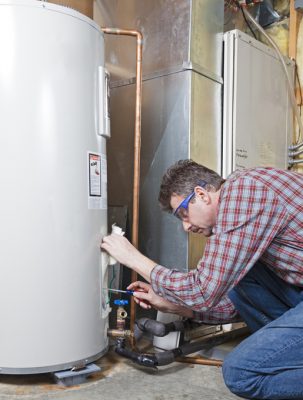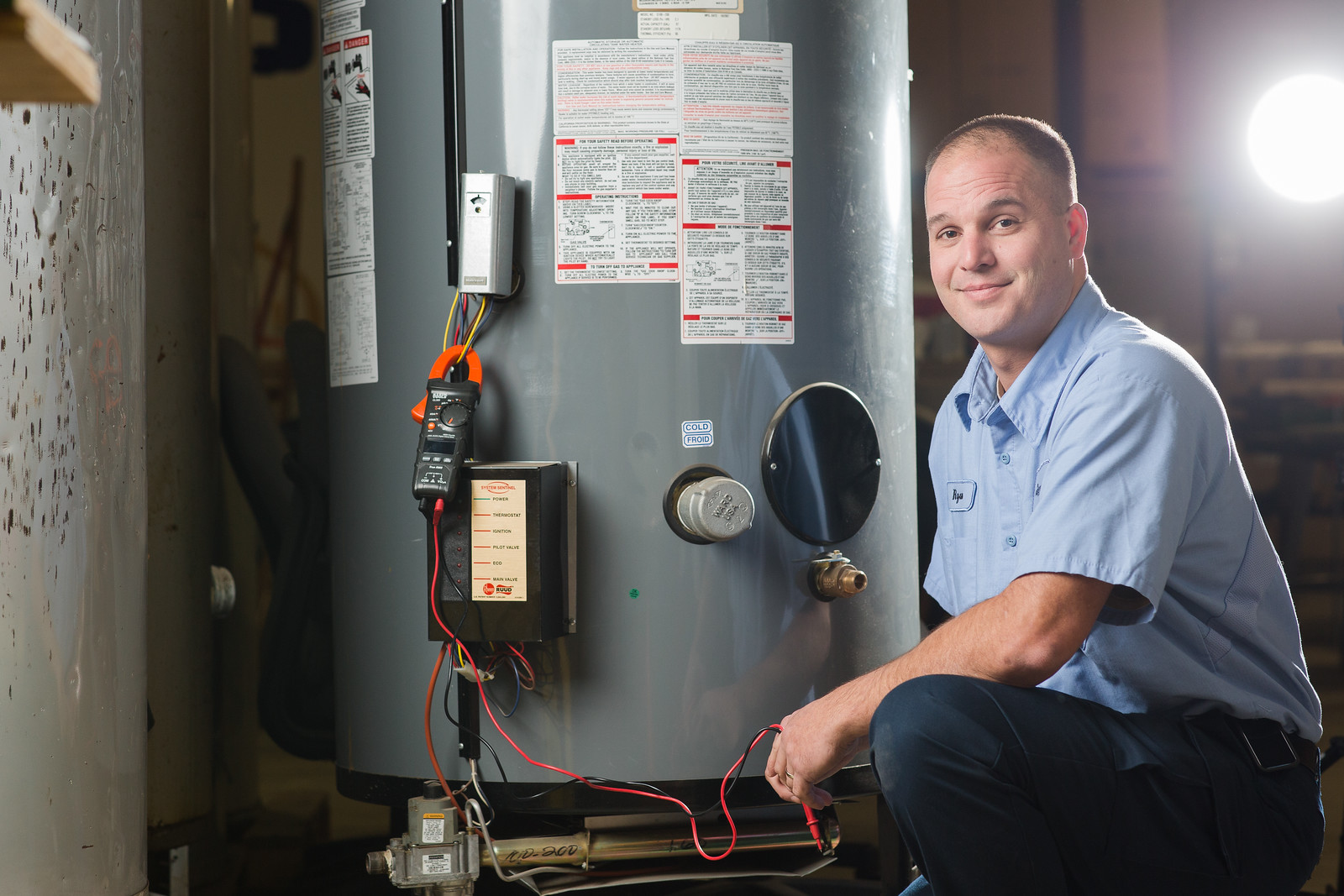Key Maintenance Techniques for Your Home's Hot Water SystemWays to Maintain Your Home's Hot Water System Functioning Well
Key Maintenance Techniques for Your Home's Hot Water SystemWays to Maintain Your Home's Hot Water System Functioning Well
Blog Article
Nearly everybody may have their personal theory in relation to How to Maintain Your Water Heater & Prolong its Life.

Warm water is essential for daily comfort, whether it's for a revitalizing shower or cleaning dishes. To guarantee your warm water system runs successfully and lasts longer, routine upkeep is vital. This write-up provides practical tips and understandings on just how to preserve your home's hot water system to prevent disturbances and pricey repair work.
Intro
Preserving your home's hot water system could seem overwhelming, but with a couple of simple actions, you can ensure it operates efficiently for several years to find. This overview covers every little thing from understanding your hot water system to do it yourself upkeep suggestions and recognizing when to hire expert aid.
Significance of Keeping Your Hot Water System
Routine maintenance not just expands the life expectancy of your warm water system yet also ensures it operates successfully. Neglecting maintenance can cause lowered efficiency, higher power expenses, and also premature failure of the system.
Indications Your Warm Water System Demands Maintenance
Knowing when your hot water system requires focus can protect against significant concerns. Keep an eye out for indicators such as irregular water temperature level, odd noises from the heater, or rusty water.
Purging the Hot Water Heater
Purging your hot water heater eliminates sediment build-up, boosting efficiency and prolonging its life.
Checking and Replacing Anode Rods
Anode rods stop deterioration inside the container. Checking and replacing them when worn is vital.
Complicated Problems Needing Expert Assistance
Instances include major leaks, electrical problems, or if your water heater is regularly underperforming.
Routine Specialist Upkeep Benefits
Specialist upkeep can include comprehensive inspections, tune-ups, and making certain conformity with safety criteria.
Examining and Adjusting Temperature Level Settings
Adjusting the temperature level settings ensures ideal efficiency and security.
DIY Tips for Upkeep
You can carry out several upkeep tasks on your own to keep your warm water system in top problem.
Checking for Leakages
On a regular basis examine pipelines and connections for leakages, as these can lead to water damages and higher costs.
Comprehending Your Warm Water System
Before diving right into upkeep tasks, it's useful to comprehend the basic elements of your hot water system. Normally, this consists of the water heater itself, pipelines, anode rods, and temperature controls.
Month-to-month Maintenance Tasks
Normal monthly checks can aid catch small concerns before they intensify.
Examining Pressure Alleviation Valves
Testing the pressure safety valve ensures it works appropriately and prevents excessive stress build-up.
Insulating Pipelines
Insulating hot water pipes lowers warmth loss and can save energy.
When to Call a Specialist
While DIY maintenance is valuable, some concerns call for professional competence.
Verdict
Regular maintenance of your home's warm water system is essential for effectiveness, durability, and price savings. By following these suggestions and understanding when to look for professional help, you can guarantee a trusted supply of hot water without unexpected disruptions.
How to Maintain an Instant Hot Water Heater
Before tinkering with your hot water heater, make sure that it’s not powered on. You also have to turn off the main circuit breaker and shut off the main gas line to prevent accidents. Also turn off the water valves connected to your unit to prevent water from flowing into and out of the appliance. 2. When you’re done, you have to detach the purge valves’ caps. These look like the letter “T” and are situated on either side of the water valves. Doing so will release any pressure that has accumulated inside the valves while at the same time avoid hot water from shooting out and burning your skin. 3. When the purge valves’ caps are removed, you have to connect your hosing lines to the valves. Your unit should have come with three hoses but if it didn’t, you can purchase these things from any hardware or home repair shops. You can also get them from retail stores that sell water heating systems. Read the user’s manual and follow it to complete this task properly. When the hosing lines are connected, open the purge port’s valves. 4. You should never use harsh chemical cleaners or solutions when cleaning your unit. Make use of white vinegar instead. It should be undiluted and you’ll probably use about 2 gallons. 5. Now flush your water heater. This task should probably take about 40 minutes. We can’t give you specific directions for this because the procedure is carried out depending on the type, model and brand of your heater. With that being said, refer to the user’s manual. 6. When you’re done draining the unit, you have to turn off the purge port valves again. Remove the hosing lines that you earlier installed on each of the water valves. Put the valve caps (purge port) back in their respective places and be very careful so as not to damage the rubber discs that are found inside these caps. 7. Now that everything’s back in place, check your user’s manual again to find out how to reactivate your water heating system. 8. Once it is working, turn one of your hot water faucets on just to let air pass through the heater’s water supply pipes. Leave the tap on until water flows smoothly out of it. https://www.orrplumbing.com/blog/2014/september/how-to-maintain-an-instant-hot-water-heater/

We had been made aware of that report on Tips on Maintaining a Water Heater from someone on our other web blog. Sharing is caring. Helping people is fun. We thank you for your readership.
Click Here To Read More Report this page